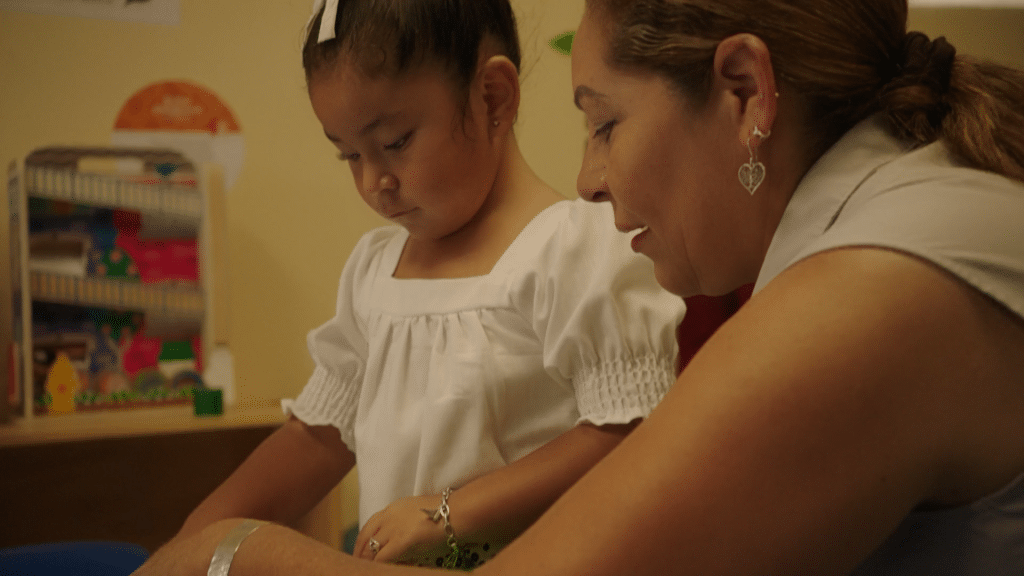David and Lucile Packard believed that philanthropy begins at home. Pulitzer Prize-winning author and conservationist Wallace Stegner, a neighbor of the Packards’ in Los Altos Hills, California, dubbed the state “The Experimental Society,” contemplating its unbounded opportunities and unparalleled contradictions.
It was against this backdrop that David and Lucile – having built a successful business and raised their family in the Golden State – sat at their dining room table to prepare the Foundation’s first grants. They charted a course for their philanthropy that included a commitment to investing locally and building partnerships with organizations and leaders who shared a vision of a bright future in the place they called home.
In the decades that followed, the Foundation worked alongside generations of Californians to make that vision a reality. Through the years, our grantee partners have represented the diversity and strength of our region, serving as the backbone of our communities. They have helped families access nutritious food. They have supported young people to express themselves more fully and shape their own futures and have created spaces for artistic expression, so cultures thrive and cultivate a sense of pride. And they have done so much more.
California’s complicated – and continuing – story
A lot has changed in 60 years, but the story of California is still one of possibilities and contradictions. Our economy ranks fifth among nations of the world while about a million children here live in poverty. Ours is the most populous state, and it’s the most racially and linguistically diverse. We are home to one of the most innovative regions on Earth – built upon a tangled history of conquest and exploitation. We are a global leader in conservation, while our communities are on the frontlines of the climate crisis. California is many things. For those of us who call it home, it’s a place where anything is possible.
Stegner, writing just three years after the Foundation was formed, believed that a perennial sense of possibility was core to our state’s identity. By always asking ourselves “Why not? It might work,” he reflected that Californians are continually writing our collective history through the pursuit of a better shared future.
Today, as the challenges facing our region grow more complex and interconnected, we are compelled to ask ourselves how the Foundation can – in this moment – best support California’s communities in writing a future where all children and families thrive and have the power to shape their own lives.
Evolving our work to meet California’s most pressing challenges
We have collectively made extraordinary progress, with great appreciation for the courage and persistence of so many community members and leaders. But challenges rooted in deep inequities persist, and in some cases have worsened. Public health research demonstrates that healthy and thriving communities around the world share several foundational elements, such as access to housing, healthy environments, and quality health care. While many state and local policies are designed to address these factors, in practice, they do not equitably benefit all Californians, often failing to account for the fact that communities do not face challenges one-at-a-time. As a result, the resilience of families who live in poverty is continually tested.
To better understand the priorities of California communities and families, we listened to community members, leaders, policymakers, and partners. We rigorously reviewed social and health data across the state’s 58 counties. What we heard and learned was remarkably consistent.
For families across California to thrive, they need access to stable and affordable housing so they can put down roots and be actively engaged in their communities; they need more accessible green spaces so children and families can get outdoors for recreation and enrichment, while also building resilience to the impacts of a changing climate; they need strong community networks and high-quality, dependable, and affordable programs and services; they need accessible, connected, and easy-to-navigate services for health care, child care, and financial assistance to support the health and wellbeing of every mother and child.
To make that vision a reality, we are compelled to think about the systems that need addressing; as we seek to understand and solve the most crucial, interconnected issues that matter most to families: housing stability, healthy environments, community solidarity, and maternal and child development.
Moving forward, the Foundation will evolve and sharpen our strategic focus locally through our new California Communities initiative. Our grantmaking will prioritize supporting communities in Fresno, Monterey, San Benito, San Mateo, Santa Clara, and Santa Cruz Counties, building on decades of collaboration with leaders in these communities. We will support organizations working on these issues that are led by and represent people who have too often been left out of shaping the policies that impact their lives. We will support their capacity to elevate their voices and pursue enduring statewide, community-led policy changes that benefit all Californians.
Our shared future
These are big challenges. That’s precisely why we need to act on them. Wallace Stegner closed his “Experimental Society” essay with an observation that despite the challenges facing California, it “is indeed where the future will be made – is already being made.”
Communities across California are writing a new collective future – one that is more inclusive, just, and equitable – and claiming the opportunity to reimagine what our state can be ten, twenty, or fifty years from now. When our grandchildren (and their grandchildren) look back at our generation, we hope they see us as believers in a quintessentially Californian dream – that here, anything is possible.
Note: This blog was updated in December 2024 to reflect the current geographic focus of the initiative.





